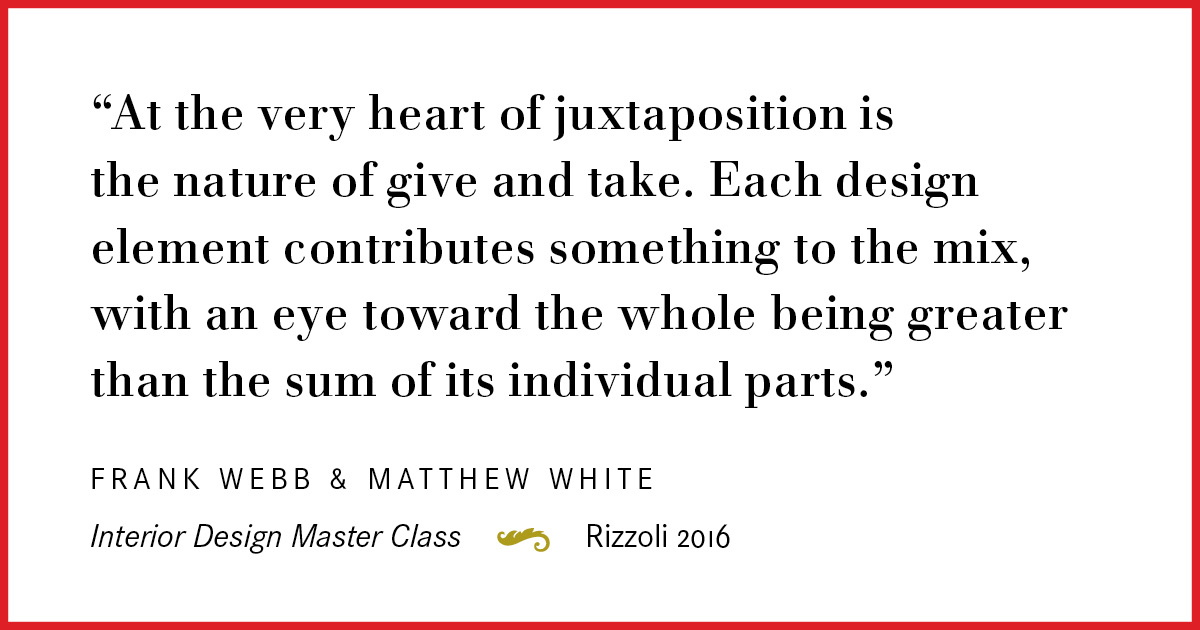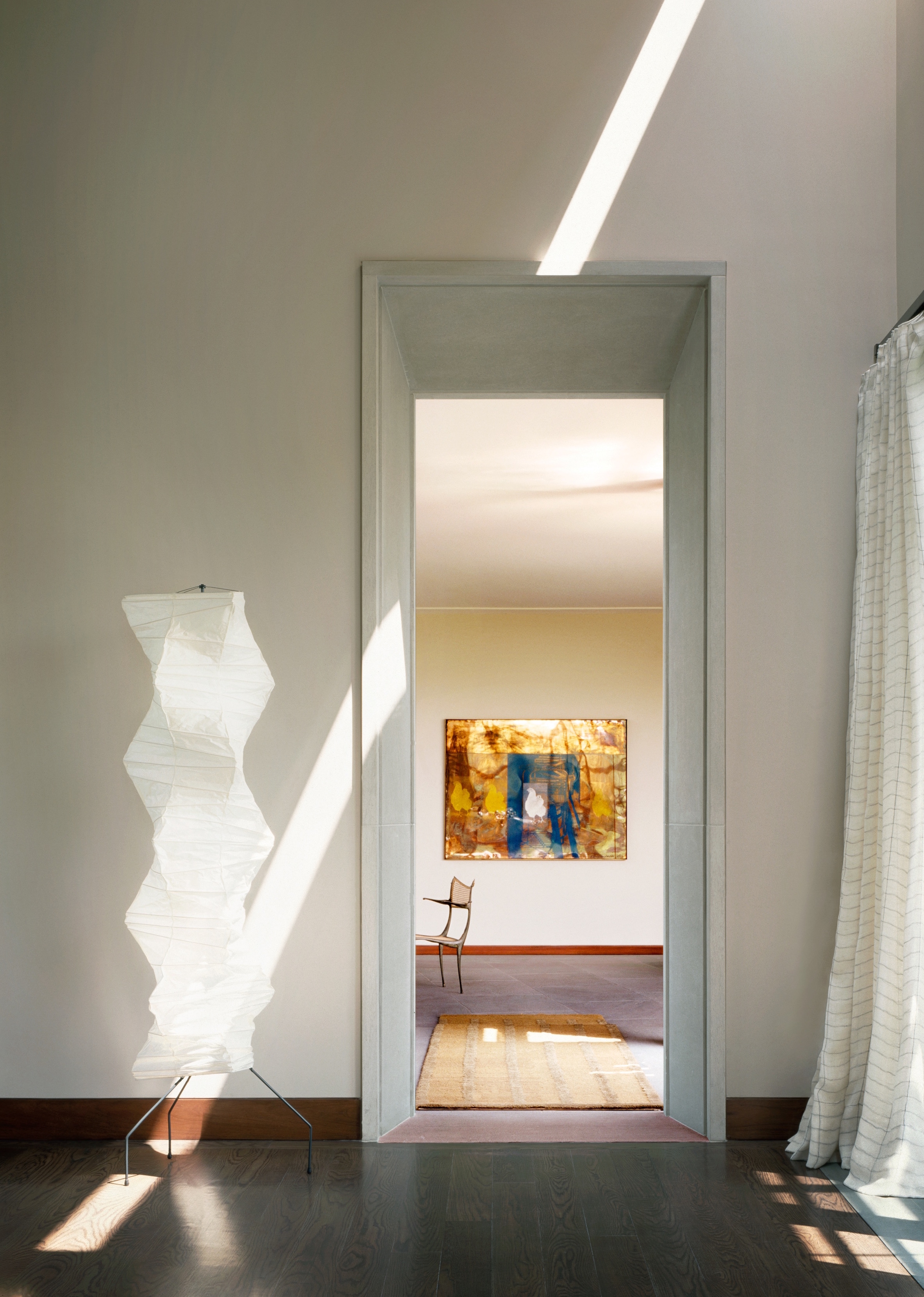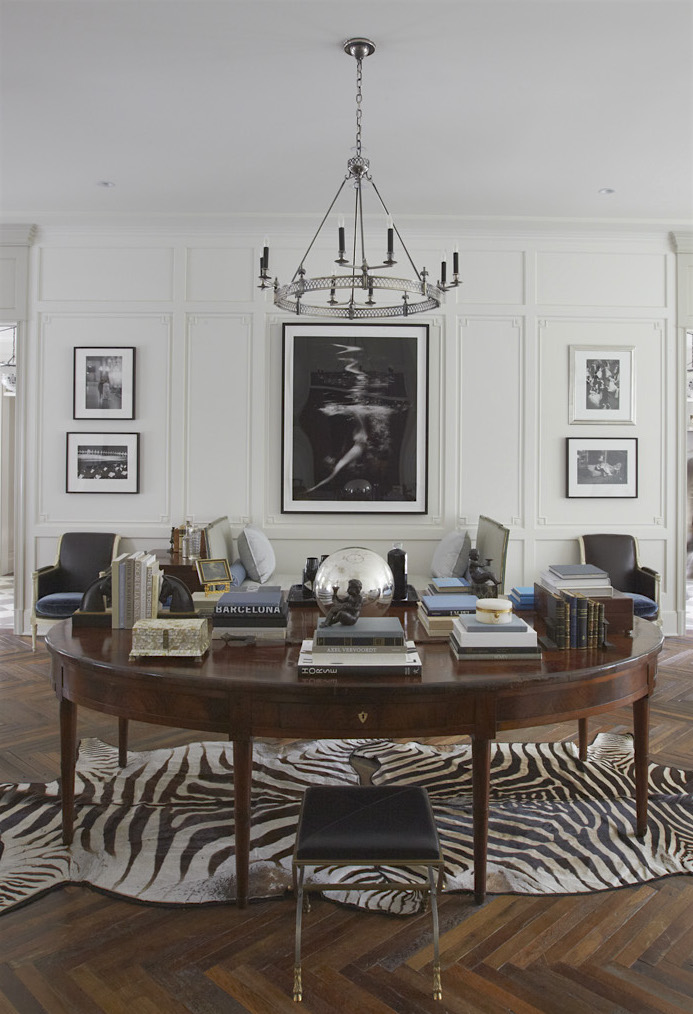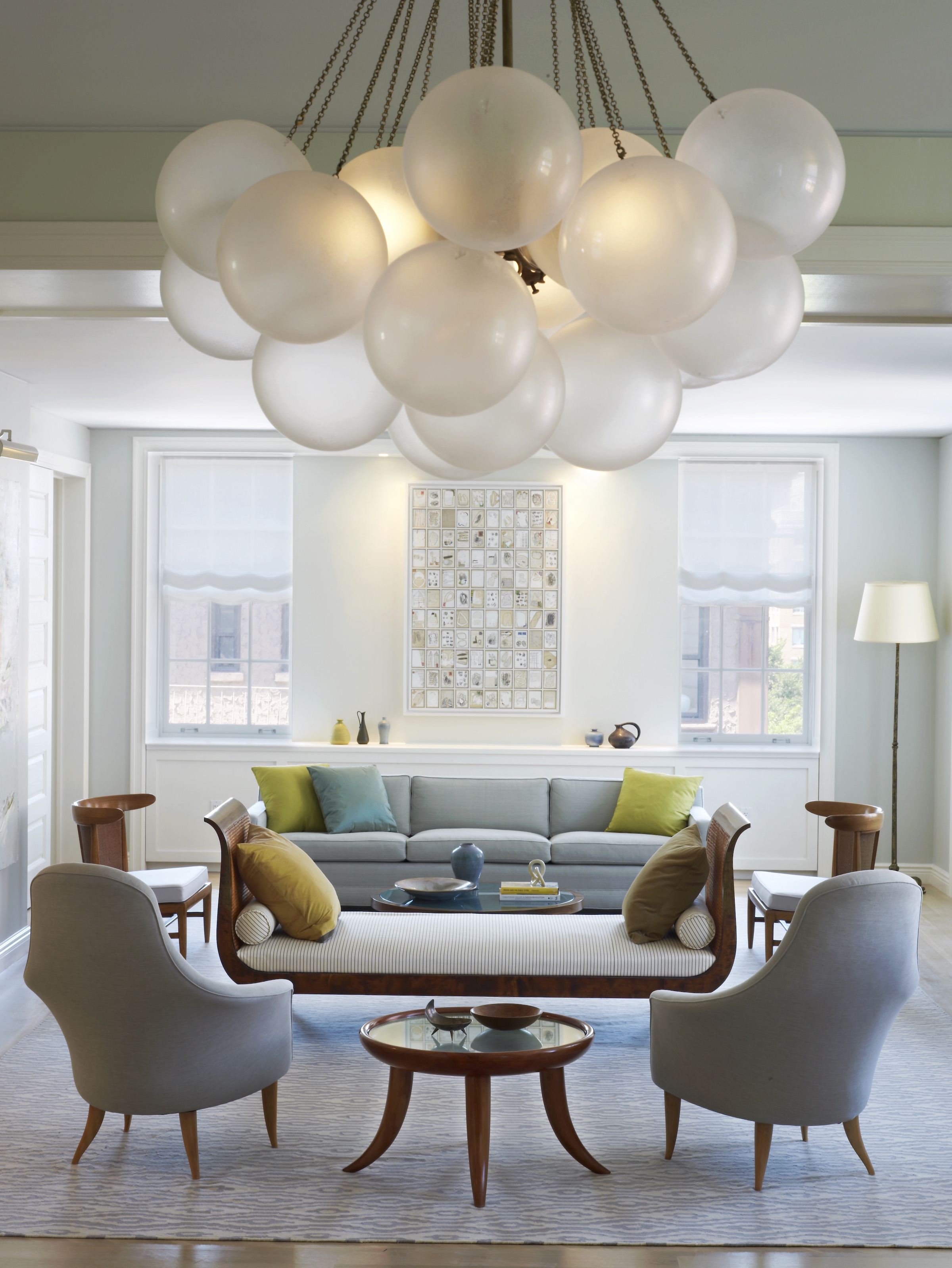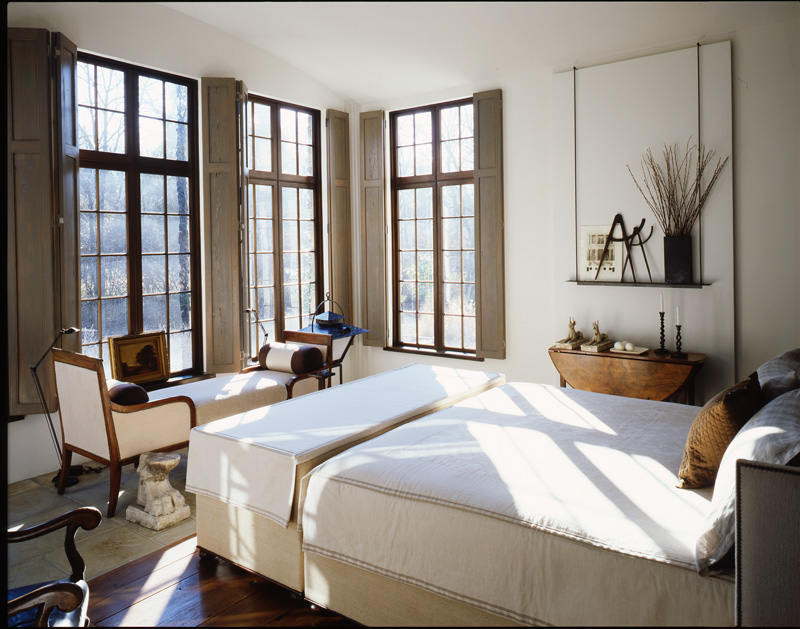
“Intimacy begins in the lap of parents where we once sat, held close but also emboldened to venture out, knowing that we were backed by love. In architecture, this experience is found within alcoves, bays, a fireside inglenook, and the spaces beneath low mezzanines or beams—all sheltered spots existing adjacent to loftier ones. Without thinking about it, we are drawn to them.
“In the language of cathedrals, we are more likely to allow ourselves to be vulnerable in chapels and side aisles; a timid person who might evaporate standing alone in the middle of the nave thrives along its shadowy edges. We experience this constantly and unconsciously in restaurant booths, which are far more intimate than tables in the middle of the room. When we sit buried in a banquette, we dissolve in safety and the conversation changes.”
